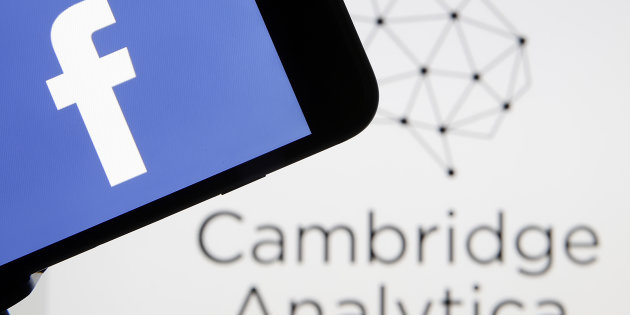Cambridge Analytica’s ‘secret’ psychographic tool is a marketing ghost from the past
The Cambridge Analytica scandal has been touted as the “ultimate marketing weapon”. But is that actually true? Joonas Rokka and Massimo Airoldi investigate in this crossposting from The Conversation.
The ongoing Facebook and Cambridge Analytica scandal has revealed just how vulnerable our social-media data are to exploitation. Marketers, political groups and shadowy third parties can now harvest our information, divide us into homogenous groups and send targeted messages in ways that are far beyond anything imagined even a decade ago.
Many articles have summarised the events, participants and actions – in particular the unethical ones. However, our attention was drawn to the fact that there is currently little empirical evidence of the actual effectiveness or impact of the psychographic analytical tools used by Cambridge Analytica (CA). This is surprising, considering that the method has been asserted to be the “ultimate marketing weapon”.

This articles stems from our experience and exchanges with scholars in consumer and marketing research, who are perhaps most familiar with the development of market research and segmentation methods and practice over time.


This is a clever bit of propaganda.
Overwritten to bore people.
And weasel worded to make us believe it couldn’t be done.
Well done Winston.
The inner party will be very pleased with your work.
Your Victory Gin voucher is in the mail.
Its not a bad review but the authors miss the key point in all of this (at least for me). Yes, psychographics is an ancient and now rarely used approach. The reason we don’t use it is not because it has any failings as a profiling tool, the psychographic drivers of a person are very meaningful. But the issue was always actionability. I know that 22% of my market are a certain psychographic blend, what I do not know is where this 22% are out there in the total market and demos rarely helped identify them. What CA achieved was very bog standard psychographic profiling, but allied with the ability to identify these segments from the total sample AND then reach them individually with a multiplicity of tailored messaging.
At the risk of oversimplifying, this article seems to argue that the CA approach is less threatening than it has been portrayed because it isn’t 100% accurate. But, in this context – manipulating the result of a two-horse race – even 70% accuracy can be significantly effective.
Which, prima facie, it was.